Where will the backup lead us? Custom Data Warehouses

Today is traditionally celebrated Day backup. But one day he will disappear. By that time, all information until the last byte will be backed up automatically. Perhaps then the ways of backup will change. So far we are only on the way to this bright future and in every way we are approaching its offensive: we recently launched Icebox and Hotbox on the basis of the Cloud for business. Icebox is a repository for cold data (backups, logs and other rarely used, but valuable things). And yes, there is WebDAV. Hotbox is a repository for hot data (similar to Amazon S3), it is created for those who need not only to store large amounts of data, but also to frequently request them.
Information storage technologies have not stopped their development - we are waiting for unusual repositories being created right now in scientific laboratories. Clouds will not disappear anywhere, only information will be stored on completely different media.
DNA recording
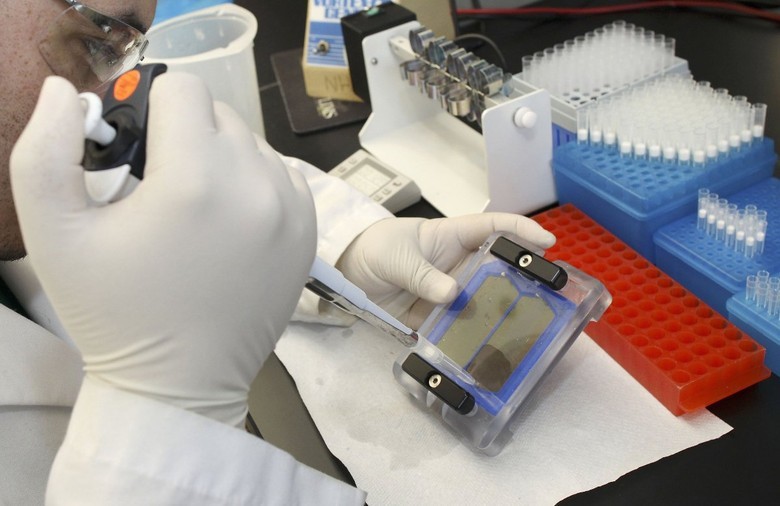
Researchers from the Laboratory of Molecular Information Systems have saved 200 megabytes of data in DNA - a new record!
Computer data can be moved to the basis of life itself - DNA. DNA molecules can potentially store all of the world's digital information — it’s already 1.1 zettabyte (10 21 ) of data — about 9 liters of solution for thousands of years.
In nature, DNA molecules carry genetic instructions that control the functioning of living organisms. The DNA capacity is staggering compared to the most advanced electronic storage systems. Information encoded in the DNA in the data exabyte can theoretically be stored in a volume that is occupied by one grain of sand.
Experiments conducted by scientists from the European Institute of Bioinformatics in Hinkston (England) in 2013 and in 2012 at Harvard, showed that you can store data files in DNA, and then read the information in digital form. Research teams from the University of Illinois and the University of Washington, based on this work, were able to save four small image files and then restore them using a special file identifier.
Biologists from Hong Kong have managed to inject E.coli bacteria into the cell with synthetic DNA with a few kilobytes of encrypted information. For data storage, a quadruple notation based on the number of nucleotides was used. The data (text) was transferred to the four-way system, and then "encrypted" by a chain of nucleotides.
Since then, DNA capacity indicators have steadily increased due to a change in approach : a synthetically generated molecule was used instead of a living cell, and a binary one was used instead of a quaternary system.
DNA is a wonderful medium for long-term storage. If in the first experiments it was necessary to maintain cold and dryness, then in subsequent experiments it was possible to keep the information at room temperature. And if you add DNA to a quartz ball and store at -18 ° C, the information will be saved for millions of years .
Why right now they are not building data centers, inside of which there will be Petri dishes? Equipment for working with DNA is prohibitively expensive (the cost of coding information in DNA is estimated at about $ 12,400 per megabyte, the cost of reading is $ 220 per 1 megabyte), but the cost of sequencing or “reading” the genetic code drops faster than the cost of computer memory, and synthetic DNA technologies continue to evolve. But another important problem has not been solved - the speed of writing and reading information takes several hours.
Quartz glass
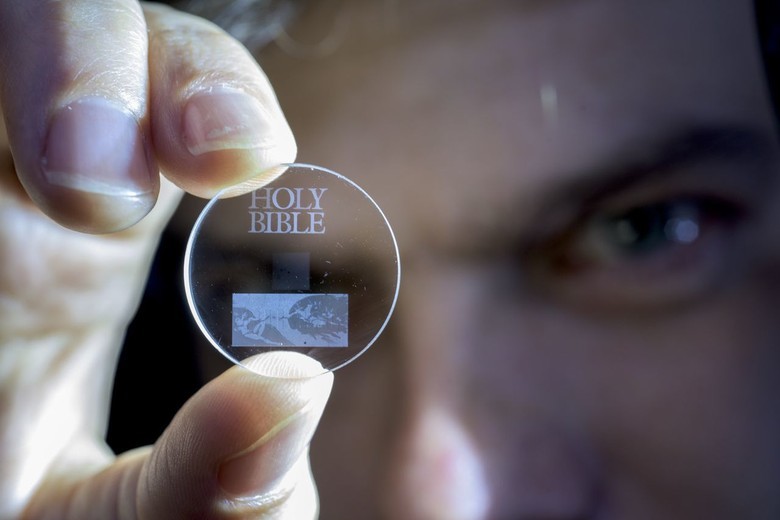
DNA with quartz provides amazing longevity of the recorded information. Quartz itself is an amazing substance and provides protection and storage of data without the help of experiments with nucleotides. A quartz glass disk, not exceeding the size of a CD, can potentially hold several hundred terabytes of information, while it can withstand temperatures up to 1000 ° C and has a virtually unlimited shelf life (about 300 Ma). Scientists from the University of Southampton were able to successfully record and read information in quartz glass by analogy with a CD-disk, creating points (indentations) on the surface of the glass.
Hitachi is developing technology to create 50 double-sided layers in glass using a femtosecond laser, very quickly changing the focus on different layers. At the same time, Western Digital and Seagate are working on disks using thermally-assisted magnetic recording technology, combining magnetic reading and magneto-optical recording, which can be used to create 3.5-inch disks with a capacity of up to 60 TB.
Data storage in neurons
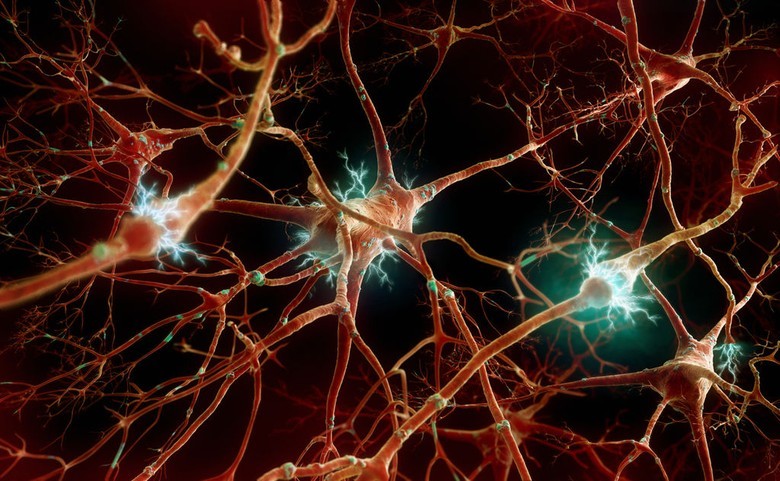
Why not pry a storage device created by nature itself? Our brain is the first long-term "storage" of information - at least we know for sure that it works. So, by repeating the work of the brain, we can record information using a similar method.
The human brain consists of approximately 100 billion neurons. A neuron connects to other neurons through about 1000 interconnections, or synapses, so there are about 100 trillion connections in the human brain that mostly do the data storage work. Scientists suggest that the human brain can store up to 1 petabyte of data using only 20 watts of continuous power. In fact, we can not effectively use this huge repository, because the brain is always busy performing the basic motor functions that our body needs to stay alive.
Neuroscientists have learned to influence the network of neurons, forcing them to take one or another state under the influence of point electric pulses. Scientists from Tel Aviv University used picrotoxin (an active stimulator of the central nervous system) to capture patterns in a living network of neurons.
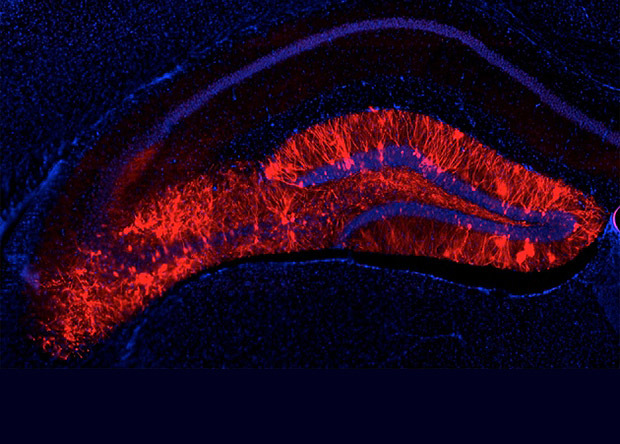
Neurons are activated at the time of the formation of pleasant memories
To create jointly working groups of neurons, the functioning of which underlies the learning processes, another group of scientists used optogenetics technology , which allows to randomly activate neuronal cell populations by irradiating the brain with light of a certain wave.
Repeated artificial activation of neural groups allows you to create stable groups of cells that are the main memory. Influencing the methods of optogenetics, it was possible to record artificial memories in the brain.
Information storage in gas
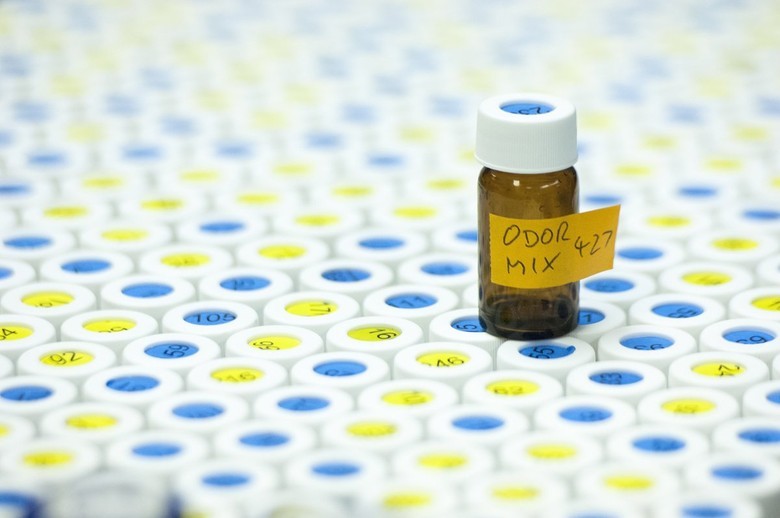
It sounds absurd. Gas always tries to escape from any container in which it is stored, and the molecules behave erratically, moving with great speed. Velocity, temperature, pressure and volume do not remain unchanged in the gas; therefore, these parameters cannot be used to record information.
However, you can transfer information through a mixture of different gases. Our sense of smell is already a process of reading information that allows us to detect many different organic compounds. Dogs use odors as a universal source of data about the world.
It used to be that a person can only distinguish between about 10,000 different flavors, while dogs have a 1,000–10,000 times more sensitive sense of smell. However, a group of researchers from Rockefeller University argues that the human nose is really able to distinguish between the order of a trillion different flavors. And this is probably only the lower limit of the potential number of olfactory patterns that people can distinguish.
Since the human olfactory system far surpasses other senses in the number of different stimuli that it can distinguish, it can be used (or a digital equivalent) to read various information. The composition of the gas can be used to encrypt a certain type of data. The reaction between gases is also a fairly predictable factor to transmit or store information on its basis.
The labeling of the aromatic composition allows the use of odors to transmit information: volatile chemicals create different types of odors, each of which can be assigned a label of digital data.
Storage everywhere

Scanning tunneling microscope
It used to be thought that the future of computer memory was holographic technology that preserves high-density digital data inside crystals. However, promising studies using the electron and the nucleus of the atom show the fundamental possibility of storing information in virtually any object.
Now one bit in conventional hard drives "takes" a million atoms. In the new system, it was possible to create a stable magnet from one atom of substance (holmium) and turn two such magnets into a “hard disk” capable of storing two bits of information. In theory, just one gram of holmium can save about 456 exabytes of data.
The experiment used holmium atoms on a magnesium oxide substrate at a temperature of -268 degrees Celsius. Scientists have changed the direction of the magnetic field with an electric pulse from a scanning tunneling microscope. Scientists could read data using the same microscope. The method theoretically allows you to increase the recording density a thousand times.
Resurrection of old technology
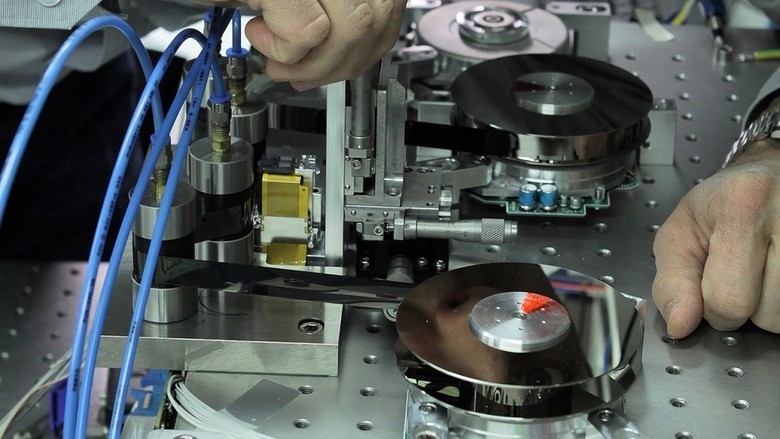
You can always improve the old technology and repeat this process again and again. Since the mid-nineties, magnetic tape has died, gradually being squeezed out by hard drives and solid-state drives. The bulky tape with a lot of fragile moving parts to rewind, could only crumble to dust ... But she did not die. It turned out that the tape allows for cheaper than using SSD and HDD, store data. And with a certain refinement file, it can meet modern standards for storing information.
Back in 2013, IBM, together with Fujifilm, managed to record 220 TB on one reel of magnetic tape; but the tapes were first used in 1952. The technology is suitable for data that does not require high speed operation. To improve reliability, the researchers used modern servo control systems that allow them to move the magnetic head within 6 nanometers, and also improved the signal processing and error correction algorithm.
Perhaps one of the technologies proposed in today's material will become the de facto standard. It is also likely that it is impossible to take into account all the directions of development, and in a few years there will be an unexpected idea that will change our ideas about working with data backup. In all cases, futuristic methods of preserving information will change the world very soon.
')
Source: https://habr.com/ru/post/402771/
All Articles